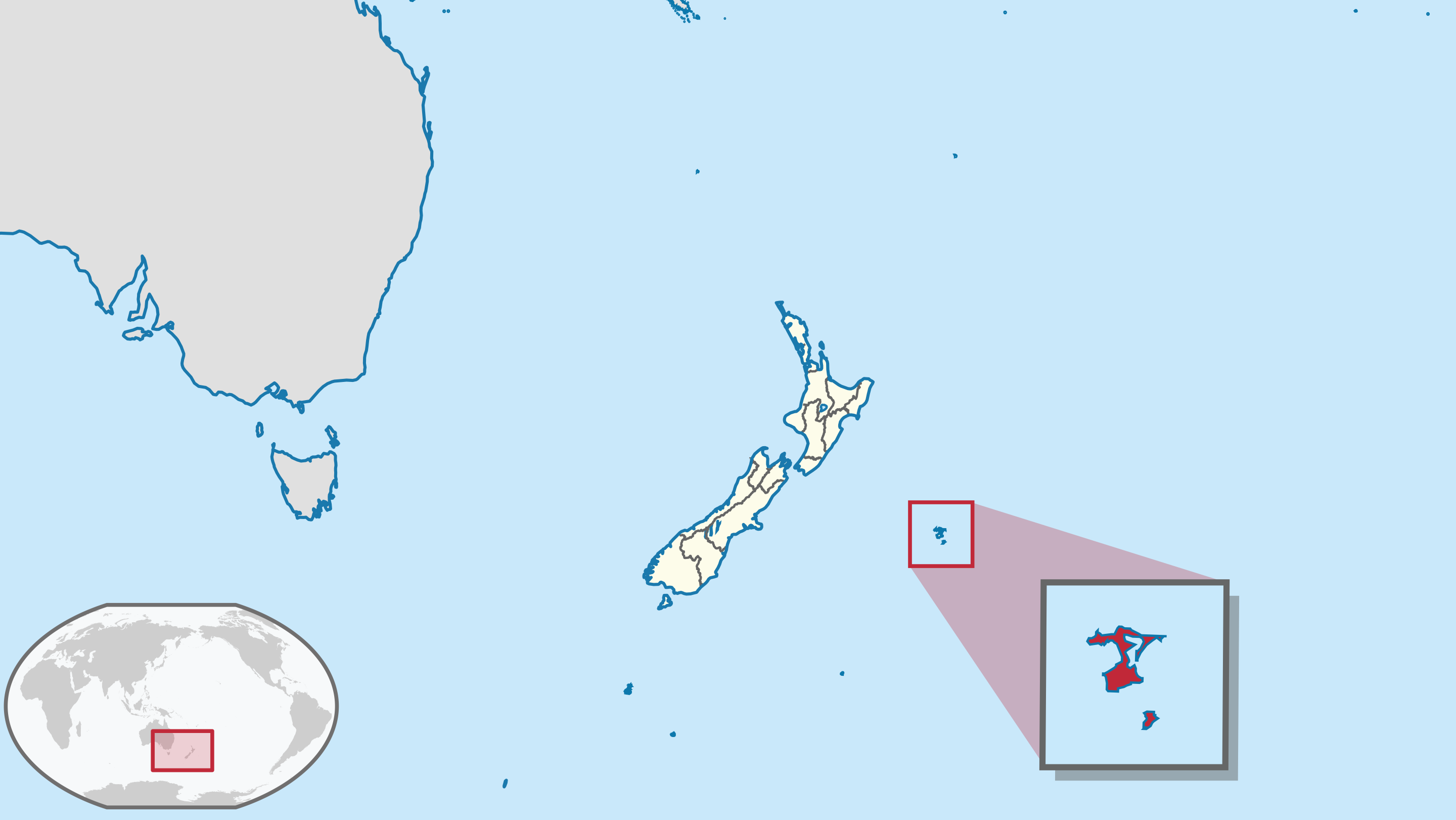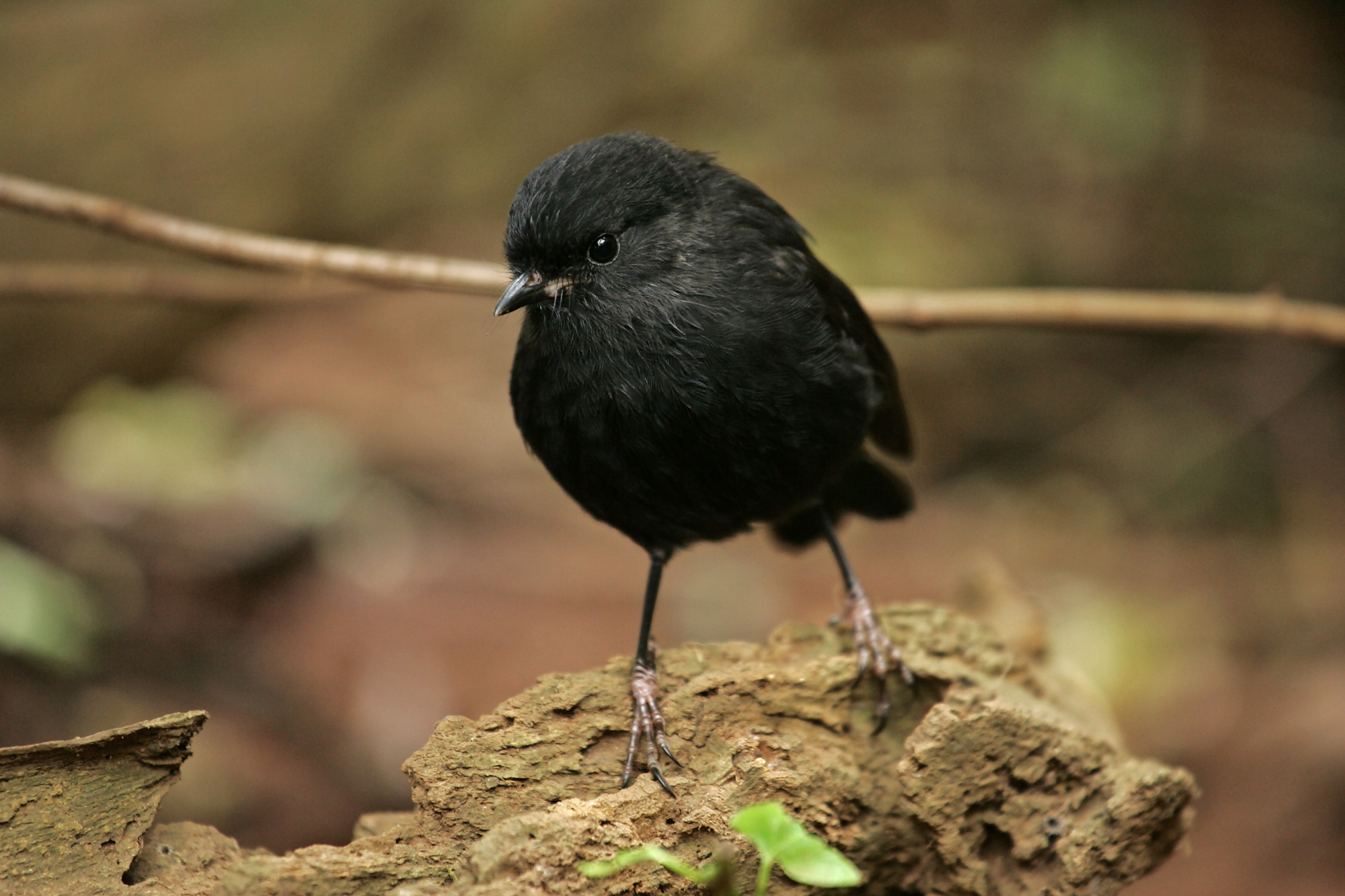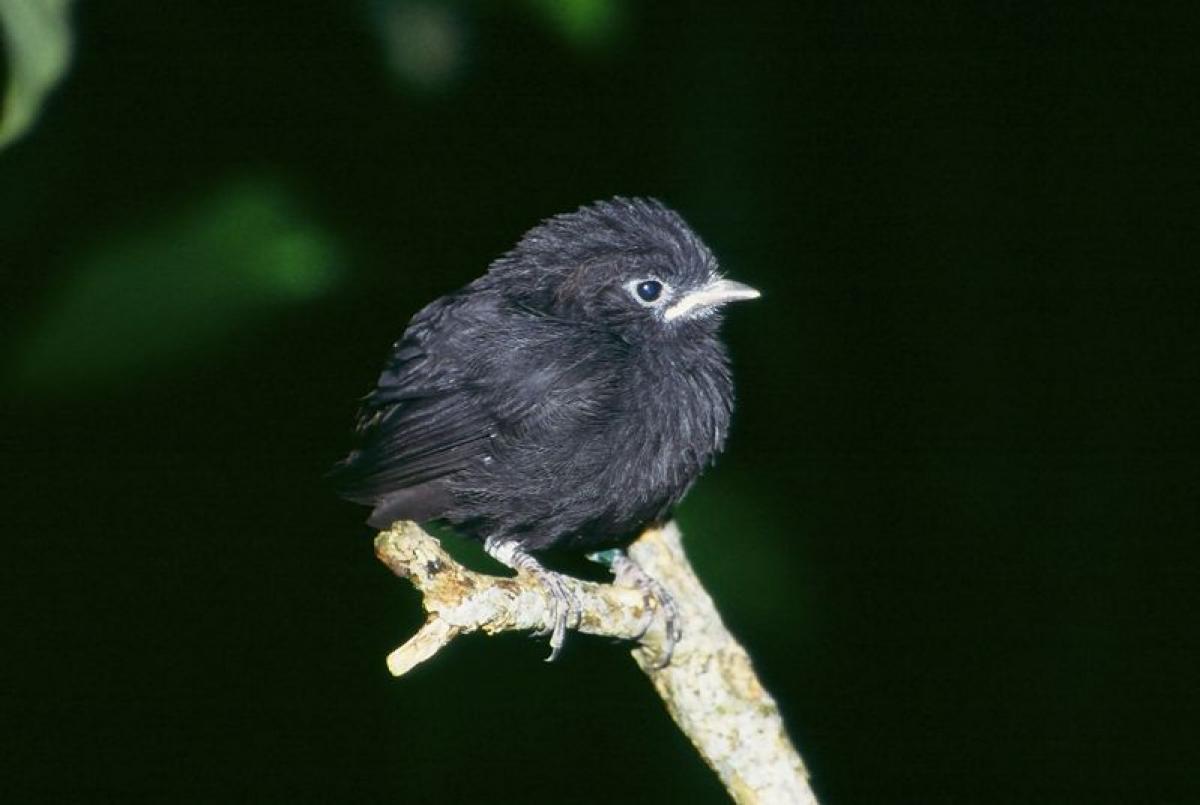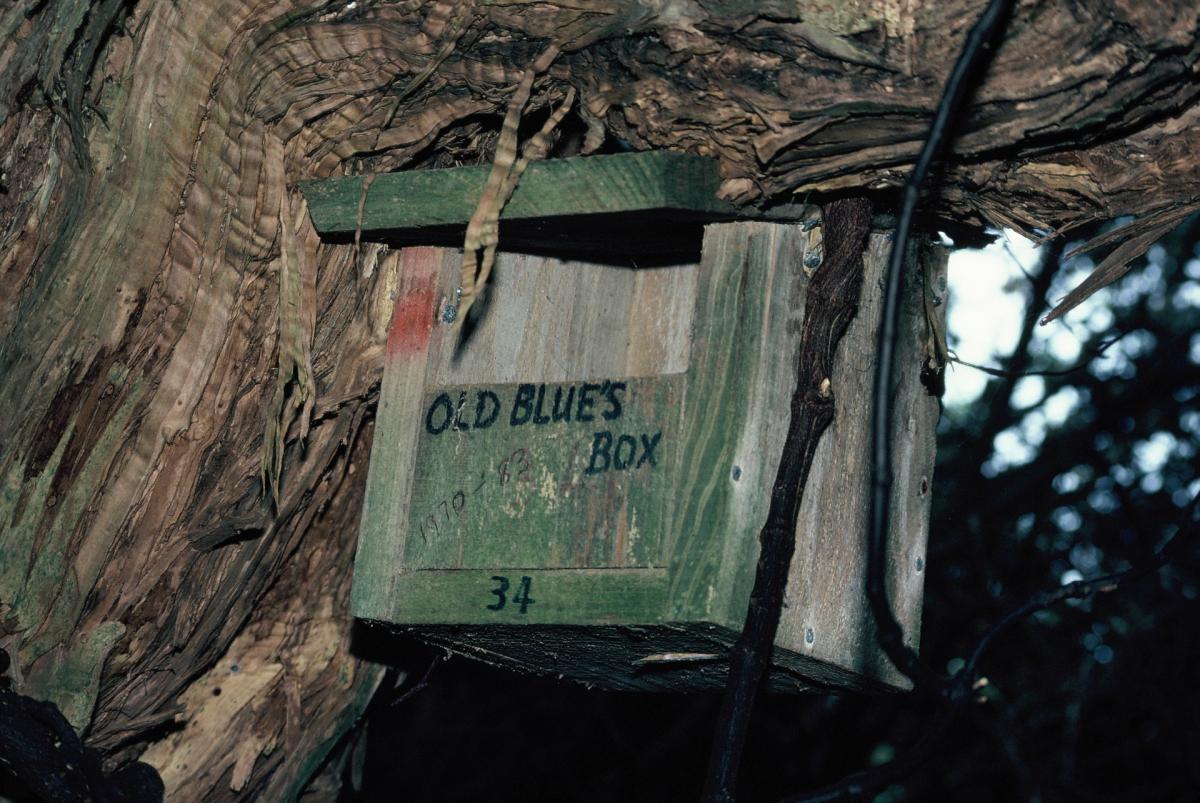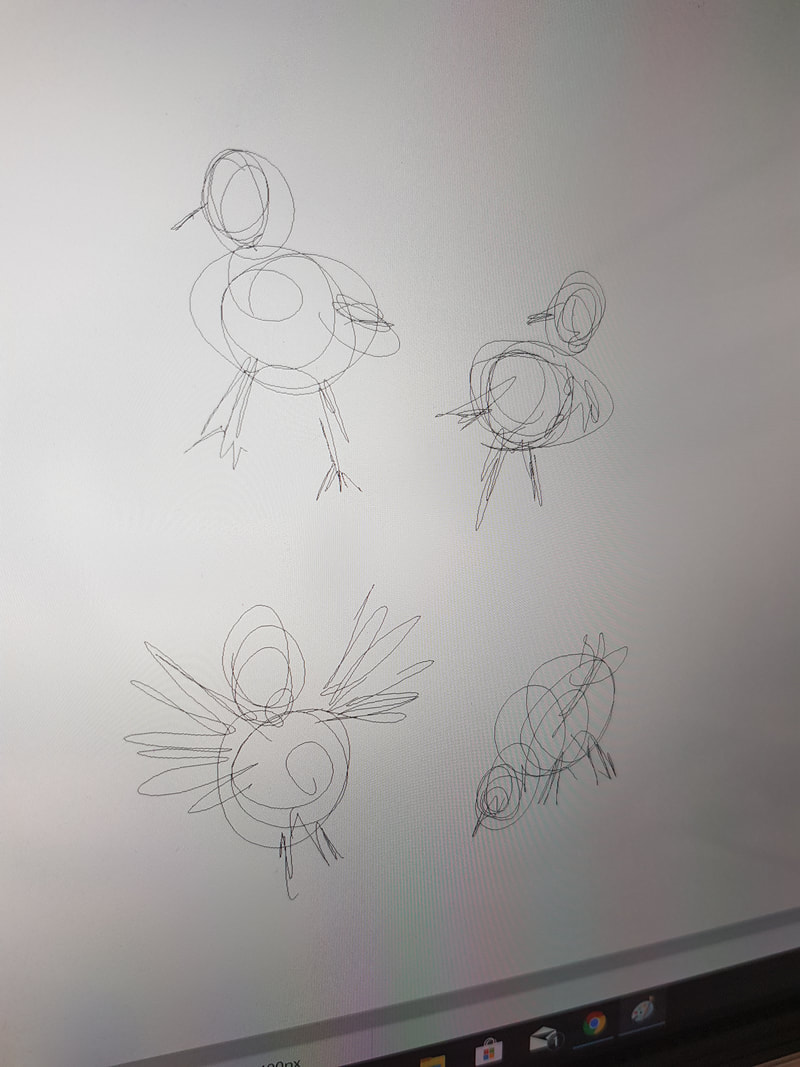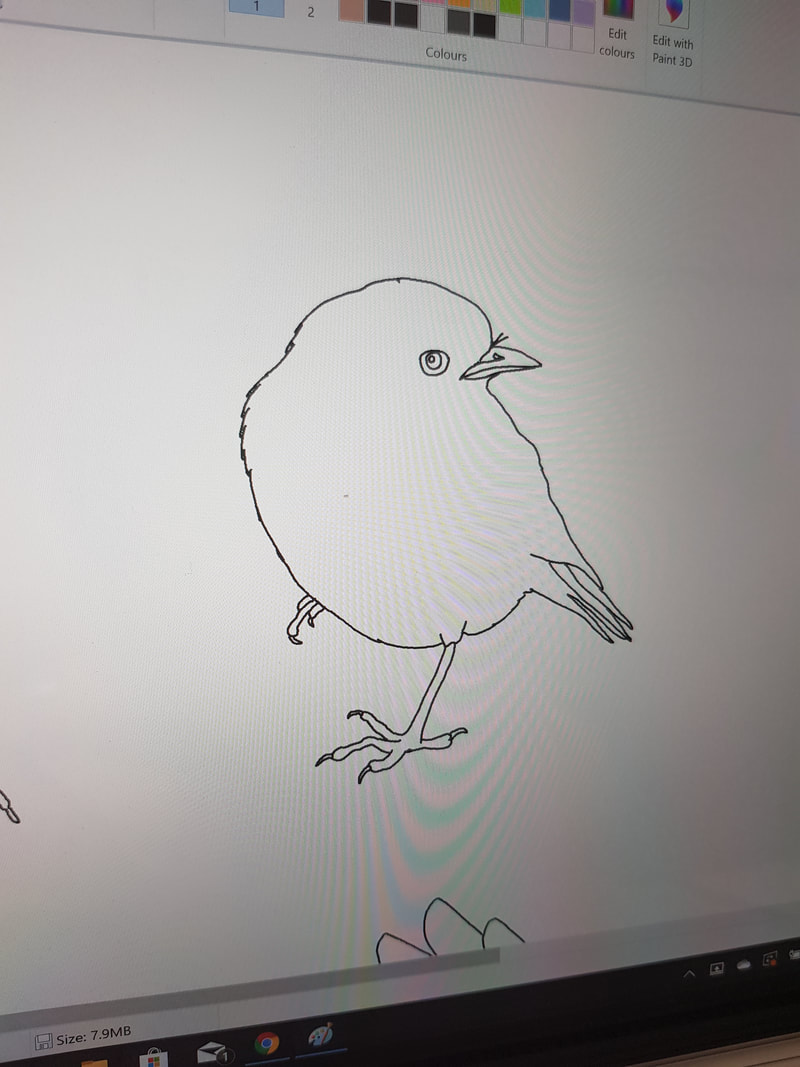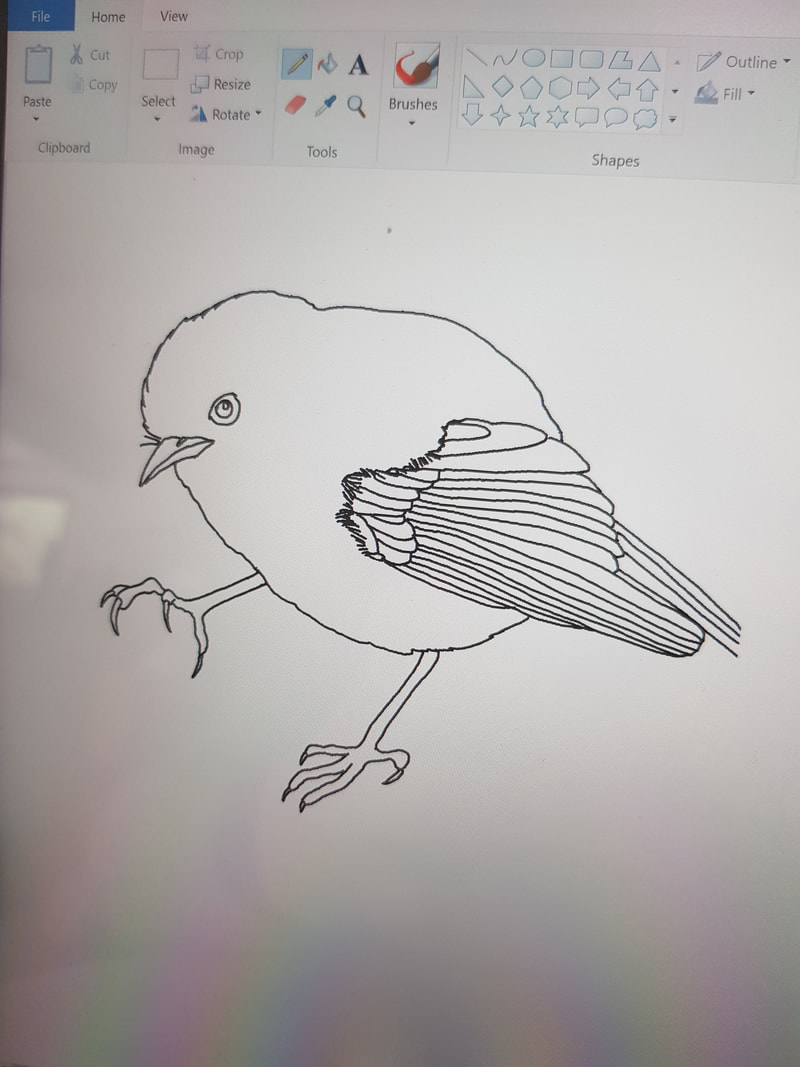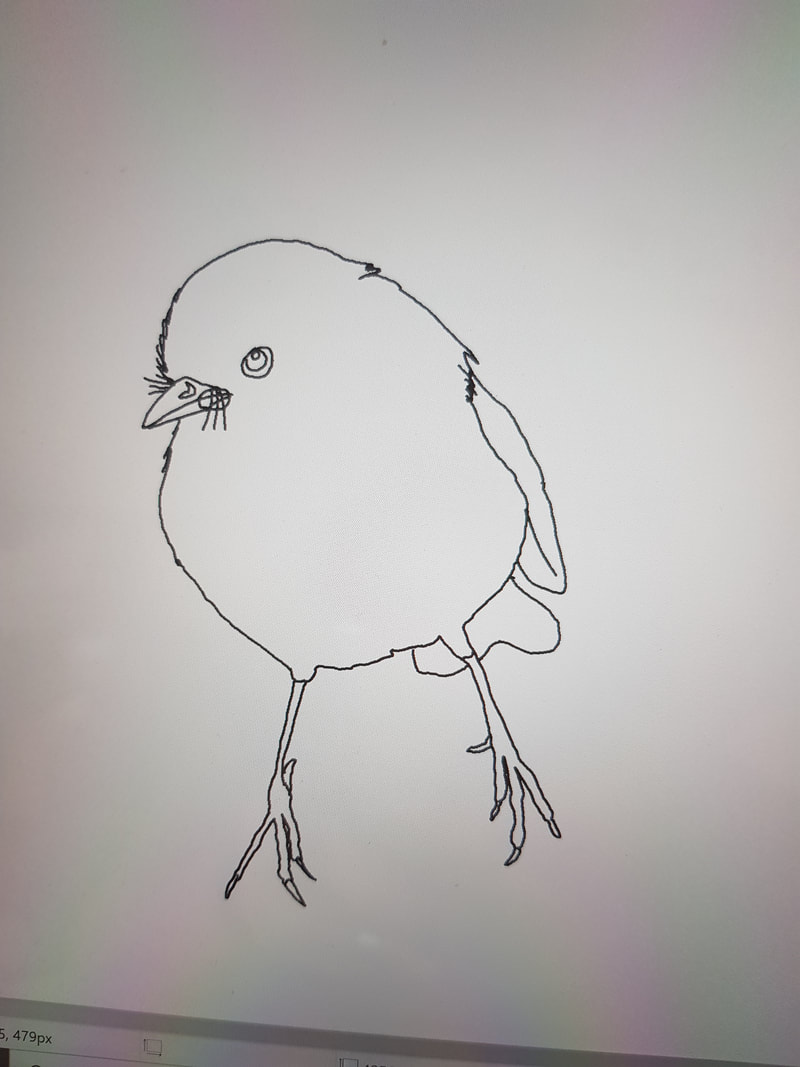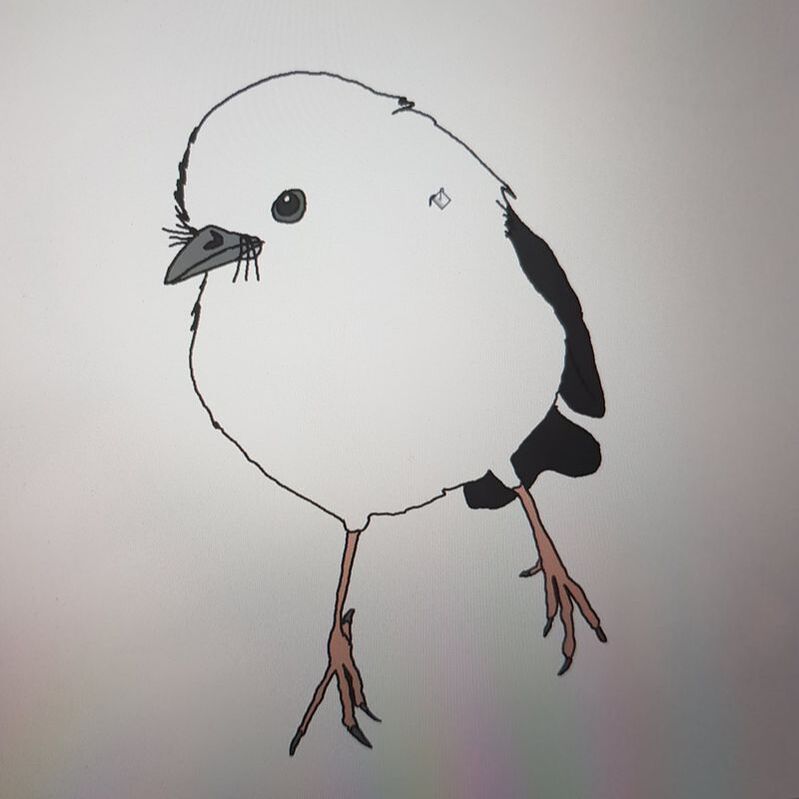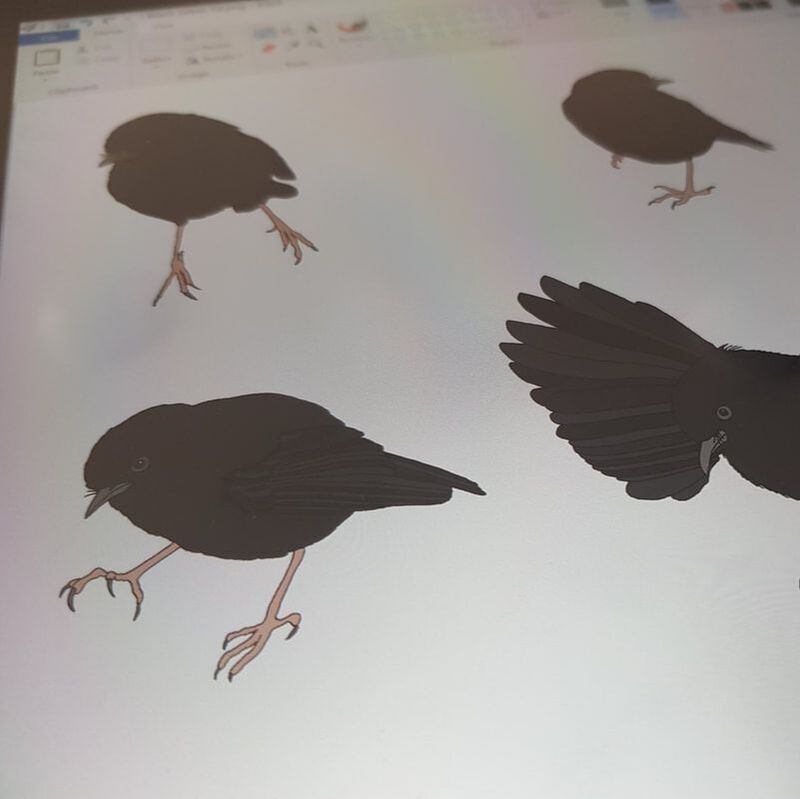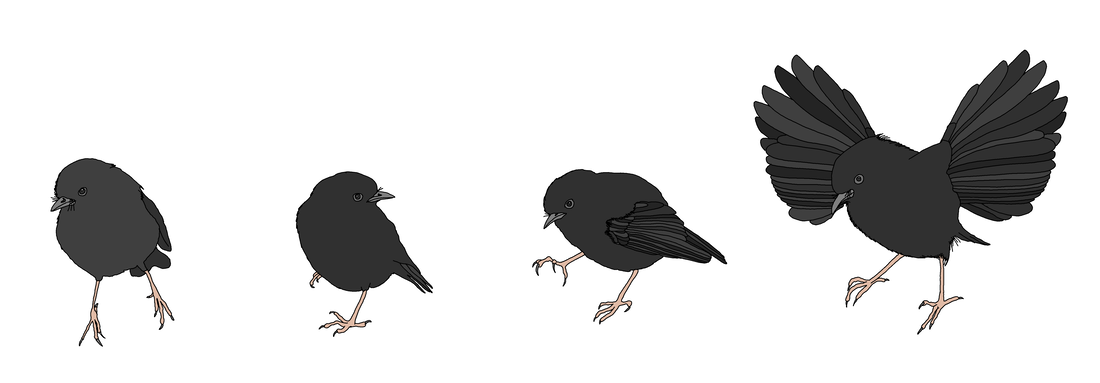The kakaruia – a tiny birb
Robins in general are tiny creatures, straining at the seams to encompass enormous personalities. From what I can tell, the Chatham Islands black robin is no different.
Meet the Chathams
The Chatham Islands are a New Zealand archipelago in the Pacific Ocean about 800 kilometres (500 mi) east of the South Island of New Zealand. The archipelago consists of about ten islands within an approximate 60-kilometre (37 mi) radius, the largest of which are Chatham Island and Pitt Island. Some of these islands, formerly cleared for farming, are now preserved as nature reserves to conserve some of the unique flora and fauna. As of 2013 the islands had a resident population of 600.[1] The local economy depends largely on conservation, tourism, farming, and fishing.
Source:
Wikipedia
Source:
Wikipedia
The black robin is endemic to the Chatham Islands where it is now confined to the southern extremity of its former range. It is a quiet, confiding forest-dweller, alert and almost always active in the lower forest strata. Birds are commonly attracted to human presence. The species is famous world-wide for its inspiring recovery from imminent extinction in the early 1980s.
Source:
NZ birds online
Source:
NZ birds online
Sometimes, there are some really heartwarming stories in conservation. The idea that one female robin helped save an entire species is simply incredible, and yet, the story of Old Blue was exactly that. Although the genetic diversity was affected, of course, by all being descended from the one female, the species was still saved. Thank you to Don Merton and everyone else involved.
Time to draw
The good thing about black robins is that there’s nothing confusing about their anatomy. The hard thing is, how do you find four sufficiently different poses for this adorable borb?
Turns out, they just flowed right off my pen! I love their cute little whiskers and their fluffy feathers that almost look like a pelt.
Just like all the others, these have been coloured in greyscale for the feathers, and colour for beaks and legs – but I think in this case, these guys might actually be finished!

